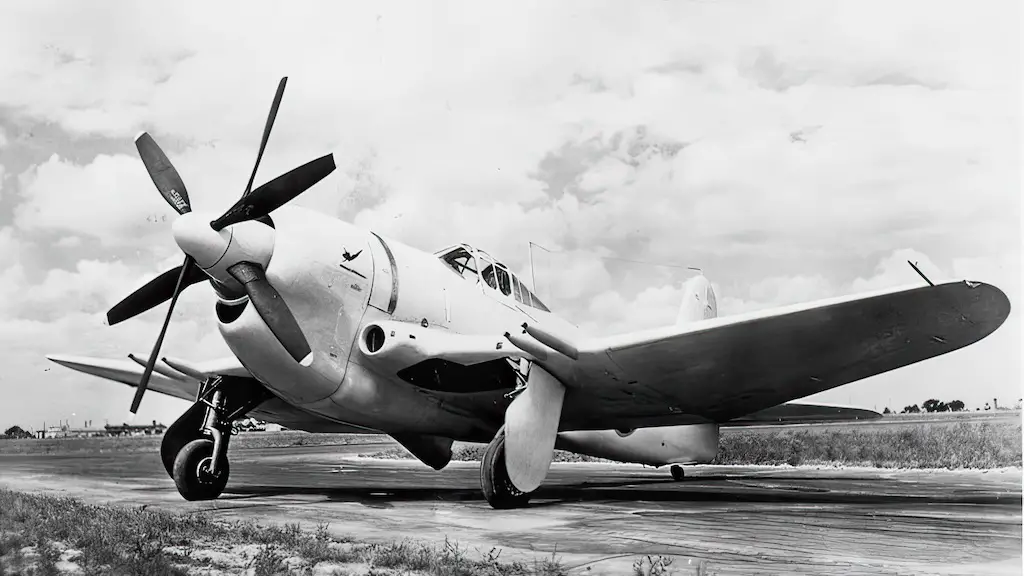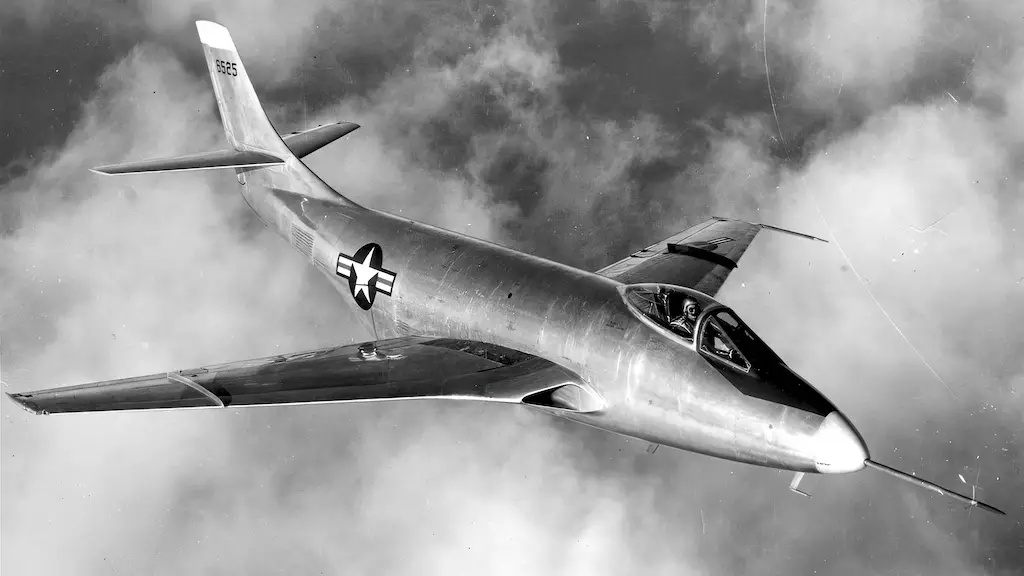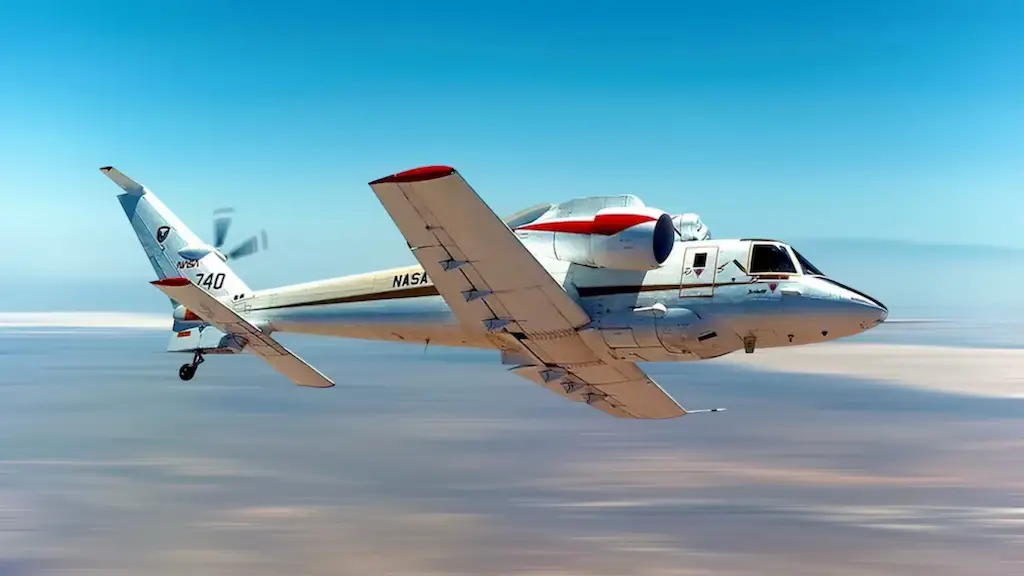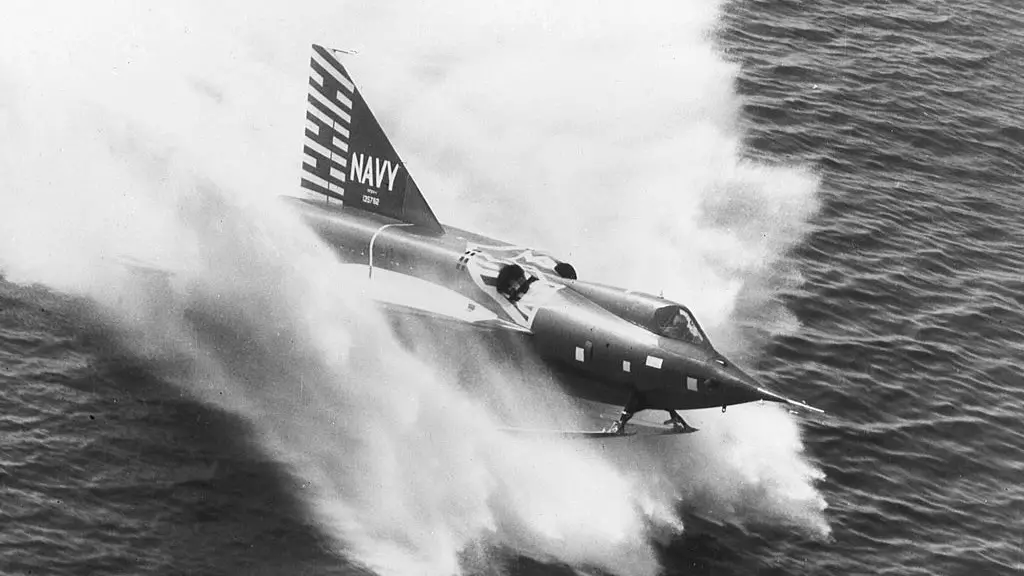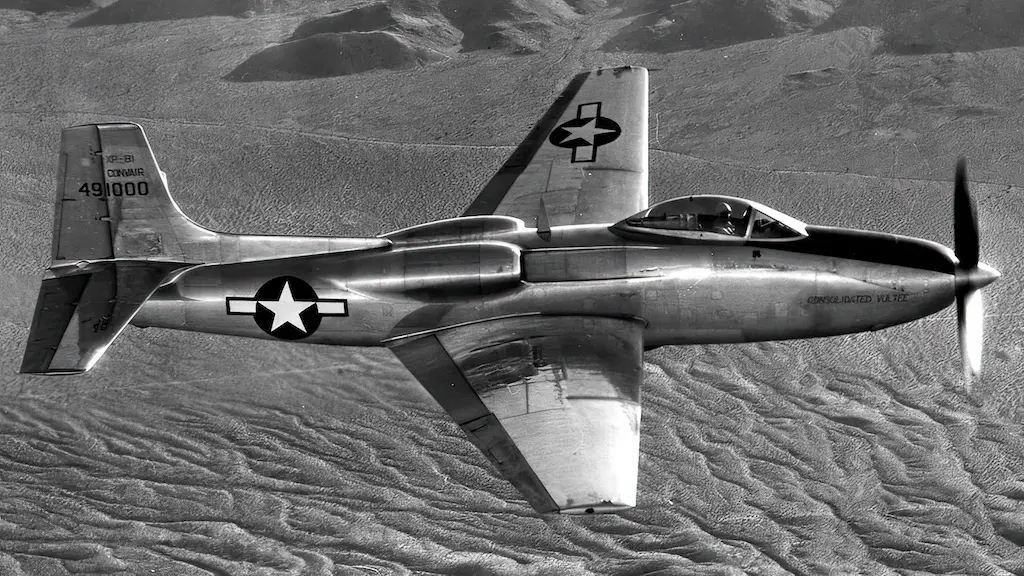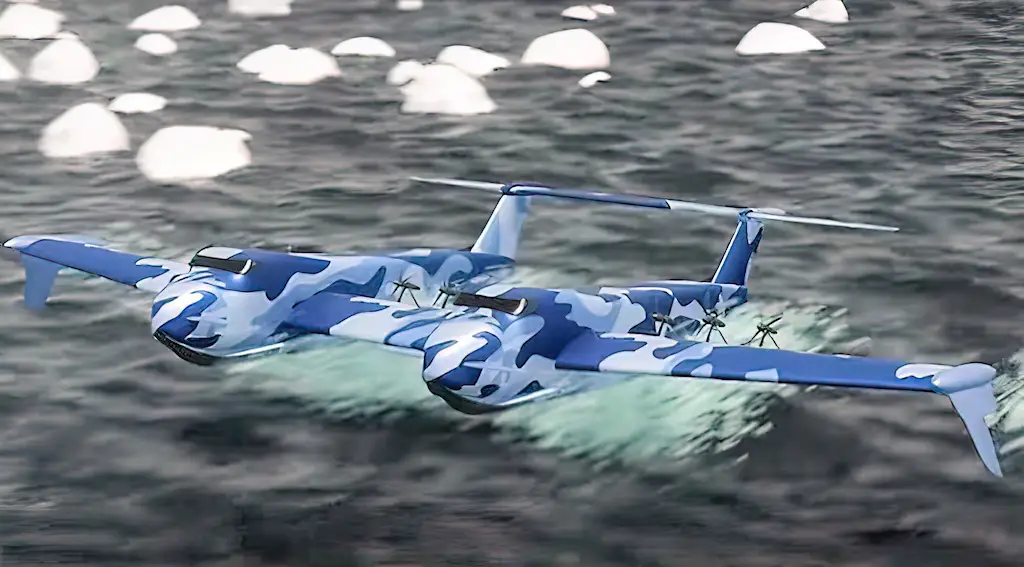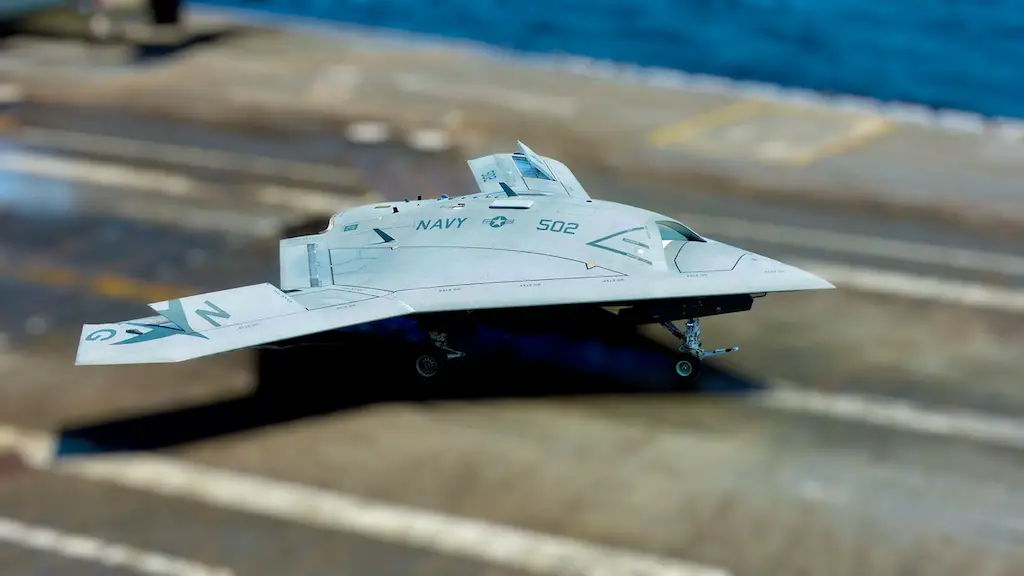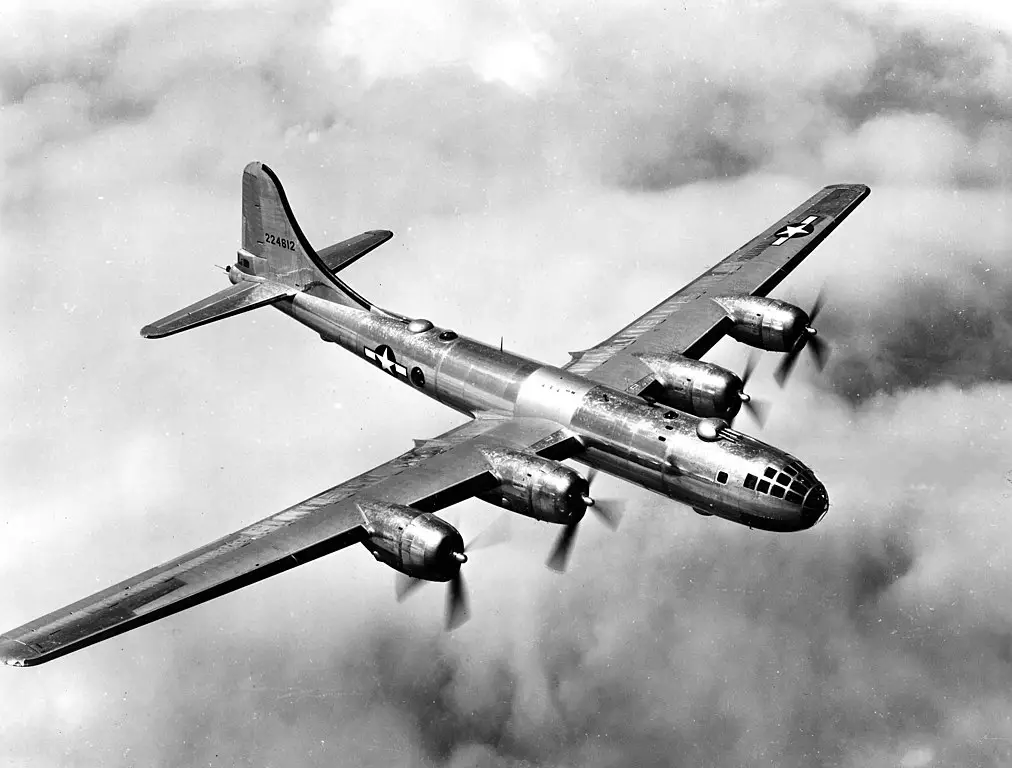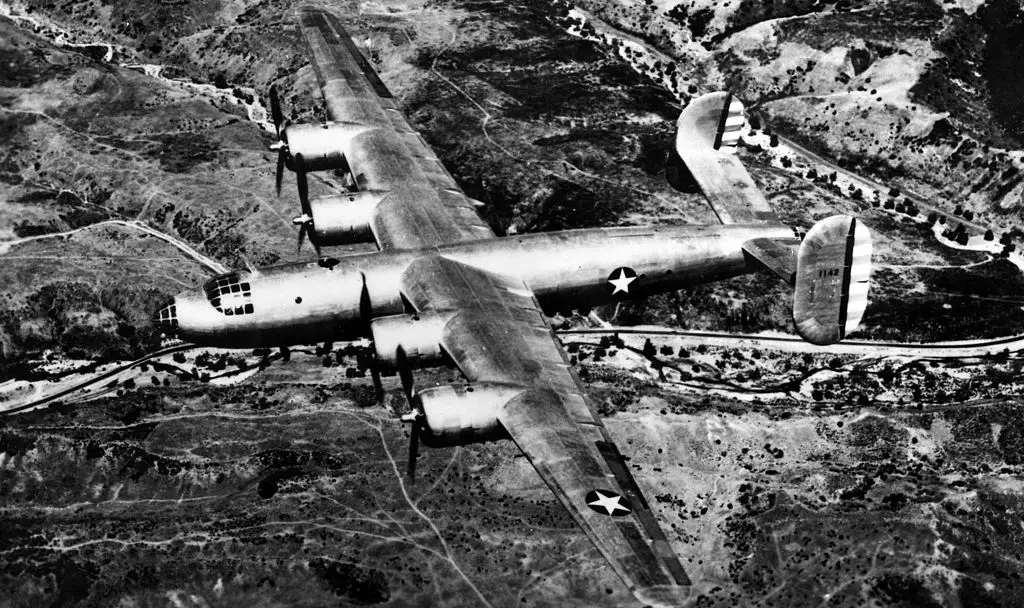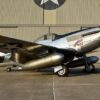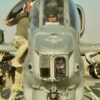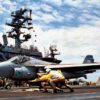The Birth of the XF14C
In the midst of World War II, Curtiss-Wright Corporation, a notable name in aviation history, perceived the need for a high-performance carrier-based fighter. Thus, they set out to create a distinctively advanced aircraft – the Curtiss XF14C. Unveiled in 1943, this aircraft was the embodiment of innovation and promise, challenging conventional design concepts of its era.
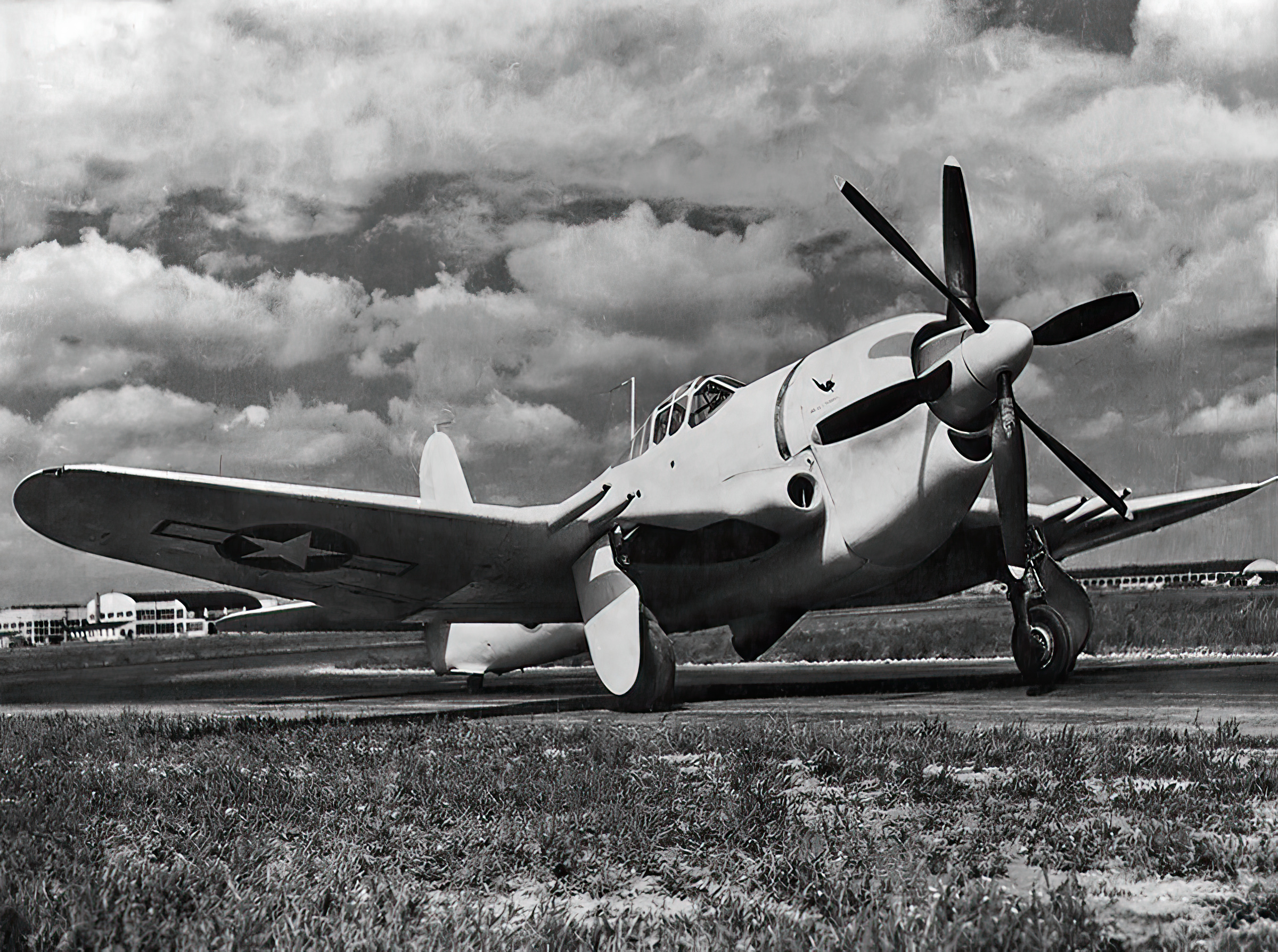
The Pratt & Whitney R-2800-34W Engine
The XF14C had an exceptional heart pumping life into its metal veins: the Pratt & Whitney R-2800-34W. This powerhouse was a two-row, eighteen-cylinder, air-cooled radial engine that roared with 2,100 horsepower, propelling the aircraft to astounding speeds.
Curtiss’s choice to power the XF14C with the R-2800-34W was unconventional but calculated. The goal was to make an aircraft that surpassed the standard carrier-based fighters in speed, altitude, and overall performance. The R-2800-34W, known for its robust performance and reliability, held the promise to fulfill these expectations.
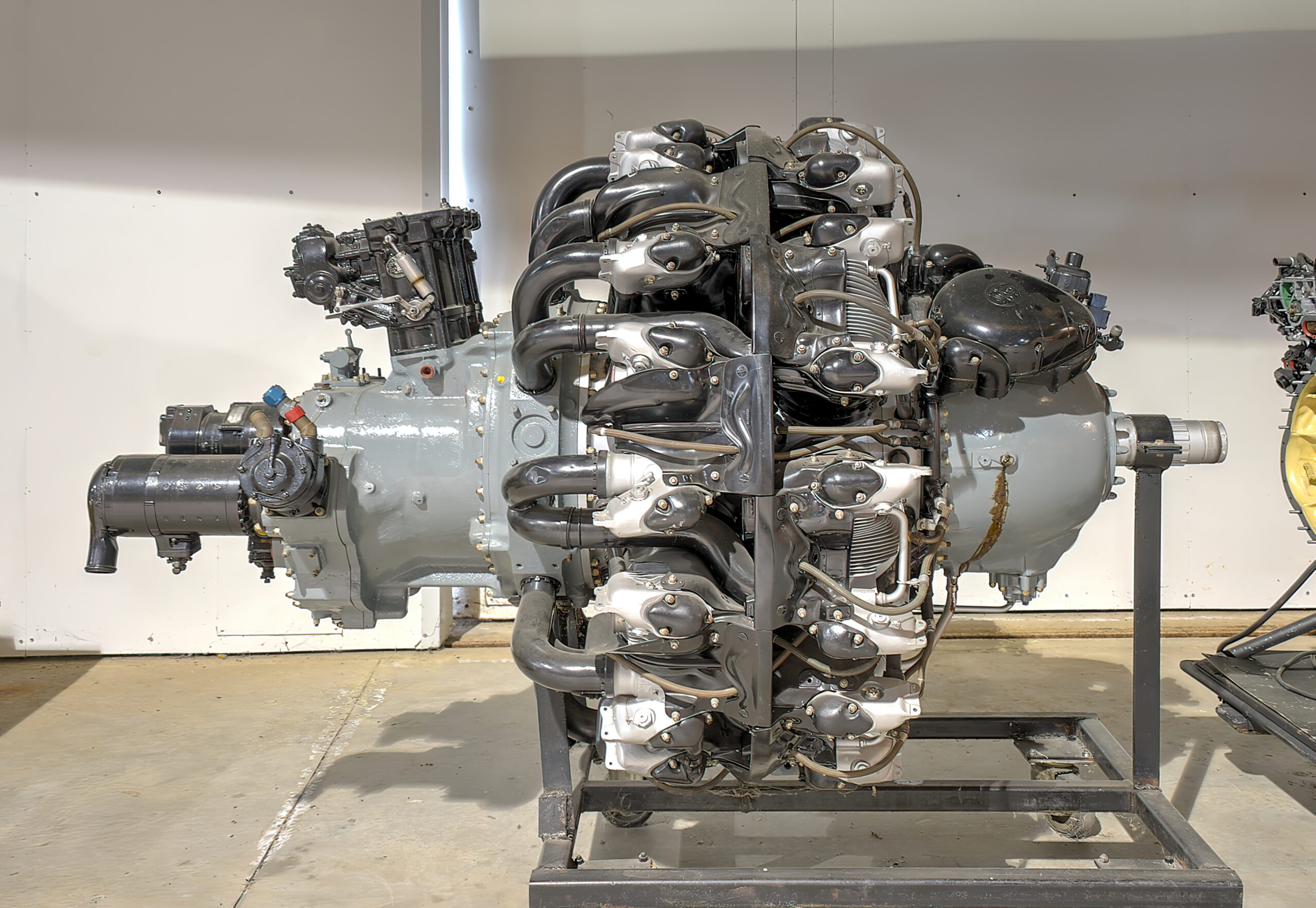
Ascend to the Skies
The initial test flights of the XF14C were promising. The Pratt & Whitney engine proved its mettle, allowing the aircraft to achieve speeds exceeding 400 mph, a feat unheard of for carrier-based fighters. The aircraft also displayed superior handling characteristics, owing to its advanced aerodynamic design. It boasted impressive climb rates, swift roll rates, and responsive controls, that left pilots singing its praises.
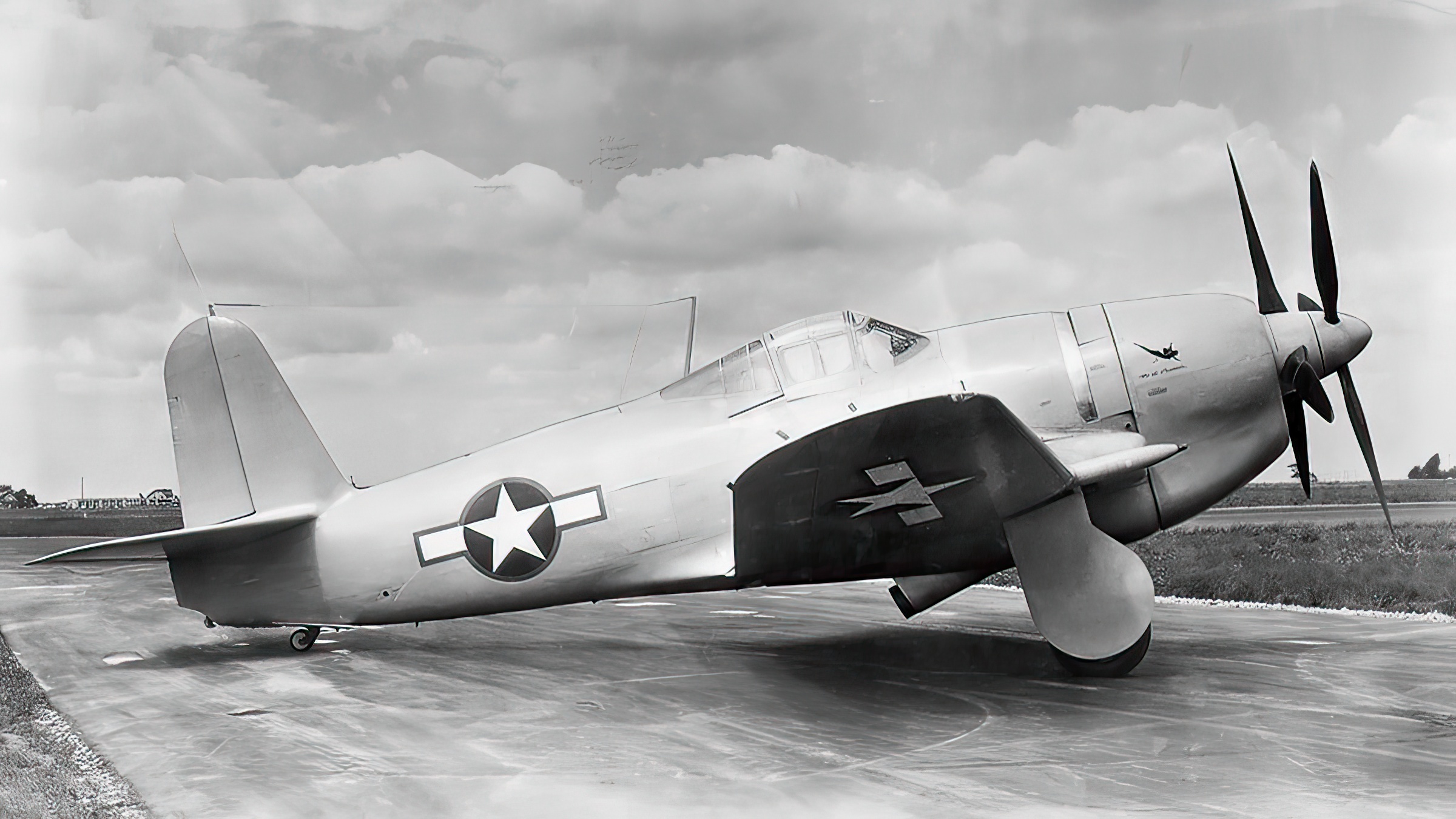
Flight Characteristics & Handling
The XF14C was not just about raw power and speed. It encapsulated a perfect balance of power, maneuverability, and stability, setting new standards for carrier-based fighters. Pilots reported that the aircraft handled exceptionally well, especially at high altitudes. Its sleek, streamlined body contributed to its stability at high speeds, while the powerful engine ensured it had the strength to maneuver effortlessly during combat.
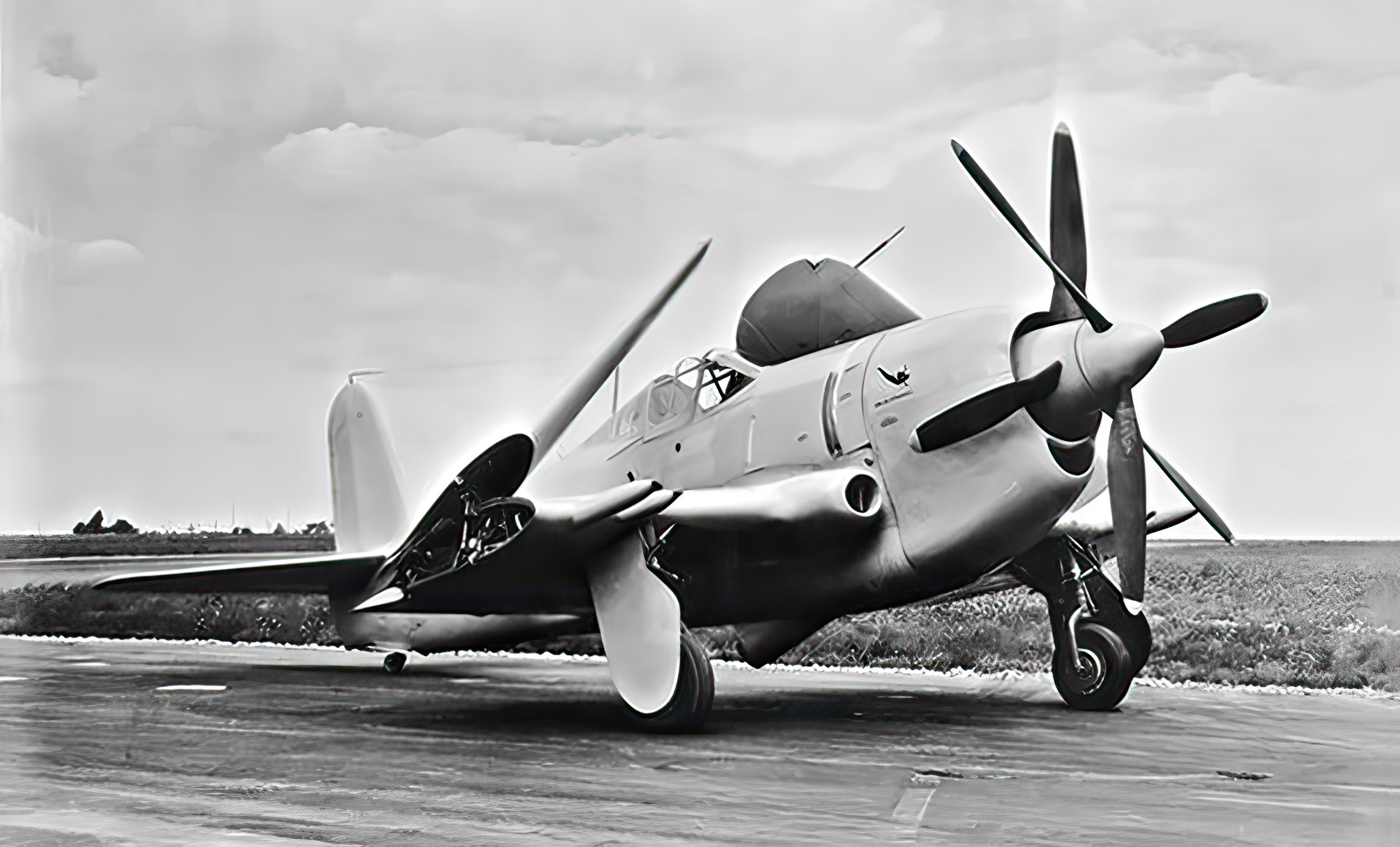
Specifications and Performance
The first prototype, the XF14C-1, boasted robustness, unfolding its impressive wingspan to 46 ft. Its frame extended to an overall length of 38 ft 4 in. It claimed an exhilarating speed range, with an estimated 344 mph at lower altitudes, soaring to 374 mph as it climbed higher.
Initial test flights revealed a promising rate of climb, service ceiling, and flight range. However, delays with the XH-2470 engine stalled the XF14C-1’s progress, leading to its cancellation in December 1943.
Adapting to Survive
Undeterred, Curtiss and the Navy negotiated to keep the XF14C program alive by changing the engine to the experimental Wright XR-3350-16, a turbo-supercharged, air-cooled, radial engine offering a higher service ceiling. Thus, the XF14C-2 was born, repurposed into a high-altitude fighter role.
The XF14C-2 stood shorter than its predecessor. Yet, it flaunted a speed boost to 424 mph at 32,000 ft. Its service ceiling also rose. But all wasn’t well. The fresh engine and propeller combo brought along vibrations. These rattled the airframe, hindering performance. Expectations fell short.
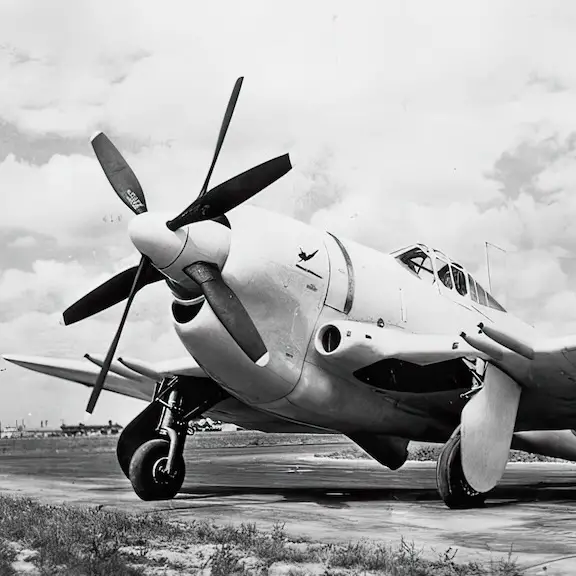
End of the Line
The XF14C-2’s shortcomings, coupled with the lack of a pressing need for a high-altitude fighter and production focus shifting towards bombers like the Boeing B-29 Superfortress and Convair B-32 Dominator, sealed the fate of the XF14C project. The Navy officially terminated the XF14C-2, and the airframe was scrapped, marking the end of Curtiss’s journey in the realm of piston-engine fighters.
The XF14C project, despite its ultimate failure, marked a significant point in aviation history. It exemplified the spirit of innovation and the relentless pursuit of superior flight performance during a time of global conflict. Though the XF14C never saw combat, its tale serves as a testament to the bravery and ingenuity of the engineers who dared to challenge the status quo and reach for the skies.

